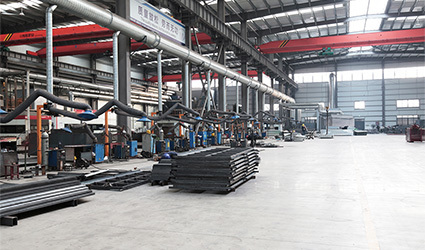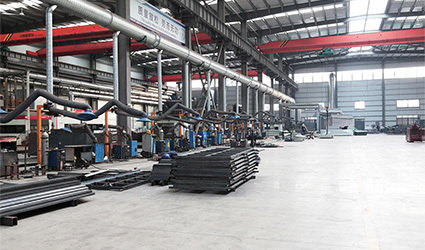planning a parcel sorting system, several factors should be taken into consideration to ensure its effectiveness and efficiency.
Time:
03 Nov,2023
When planning a parcel sorting system, several factors should be taken into consideration to ensure its effectiveness and efficiency. A parcel sorting system is an essential component in the logistics process, enabling the swift and accurate handling of packages. By optimizing the system's design and operation, businesses can streamline their operations and improve customer satisfaction. Here are some key considerations when planning a parcel sorting system:
1. System capacity: The first step is to determine the system's capacity, which depends on the volume of packages being processed. This includes analyzing peak periods and forecasted growth. By understanding the expected workload, the system can be designed to handle the required throughput.
2. Sorting technology: There are various sorting technologies available, such as conveyor belts, automated guided vehicles (AGVs), and robotic arms. The choice of technology depends on factors like package size, weight, and fragility. Additionally, the system should be flexible enough to accommodate different package types and sizes.
3. Sorting criteria: Packages can be sorted based on different criteria, such as destination, size, weight, or fragility. The sorting system should be able to handle multiple criteria simultaneously to ensure accurate and efficient sorting.
4. Workflow optimization: Efficient workflow design is crucial in a parcel sorting system. The system should minimize the distance traveled by packages and reduce the number of manual handling steps. Analyzing the flow of packages and optimizing the layout can help achieve a streamlined workflow.
5. Integration with other systems: A parcel sorting system should seamlessly integrate with other systems, such as warehouse management systems (WMS) and transportation management systems (TMS). This integration allows for real-time tracking of packages, efficient routing, and accurate inventory management.
6. Barcode and RFID technology: Implementing barcode and radio-frequency identification (RFID) technology helps automate the sorting process. Barcodes and RFID tags on packages enable quick and accurate identification, ensuring the packages are sorted correctly.
7. Error handling: Despite the best systems in place, errors can occur during sorting. Having proper error handling mechanisms, such as automated re-routing or manual intervention stations, is essential to rectify any mistakes and ensure timely delivery.
8. Maintenance and scalability: Regular maintenance and servicing of the sorting system are critical to ensure its optimal performance. Additionally, scalability should be considered to accommodate future growth and changes in the business requirements.
9. Safety and ergonomics: A safe working environment for employees is of utmost importance. Adequate safety measures, such as safety guards, warning signs, and training programs, should be in place. Ergonomics should also be considered to minimize physical strain on workers during the sorting process.
10. Energy efficiency: Designing an energy-efficient sorting system helps reduce operational costs and environmental impact. Using energy-saving technologies, such as efficient motors, LED lighting, and automated power management systems, can contribute to overall sustainability.
In conclusion, a well-planned parcel sorting system involves carefully evaluating system capacity, choosing suitable sorting technology, optimizing workflow, integrating with other systems, implementing barcode and RFID technology, ensuring error handling mechanisms, considering maintenance and scalability, prioritizing safety and ergonomics, and focusing on energy efficiency. By considering these factors, businesses can design an efficient and effective parcel sorting system that meets their operational needs and delivers excellent customer service.
Share to
 freya.ren@limin-global.com
freya.ren@limin-global.com
 0086-15093376710
0086-15093376710












